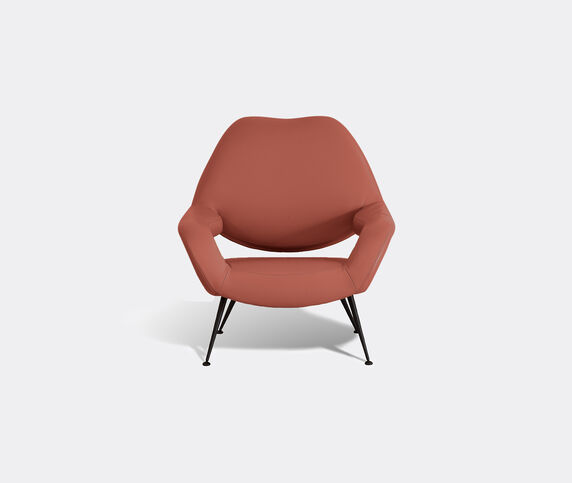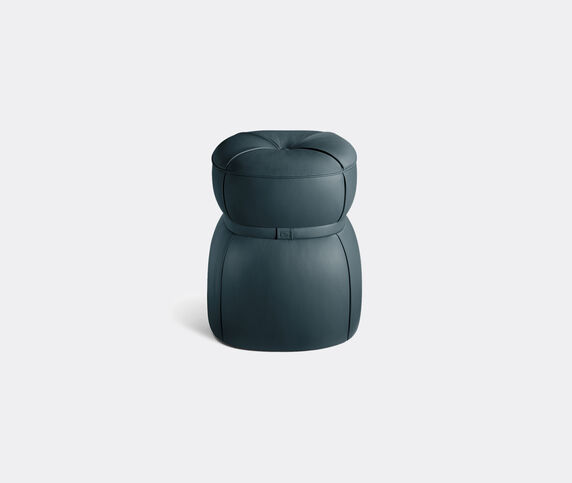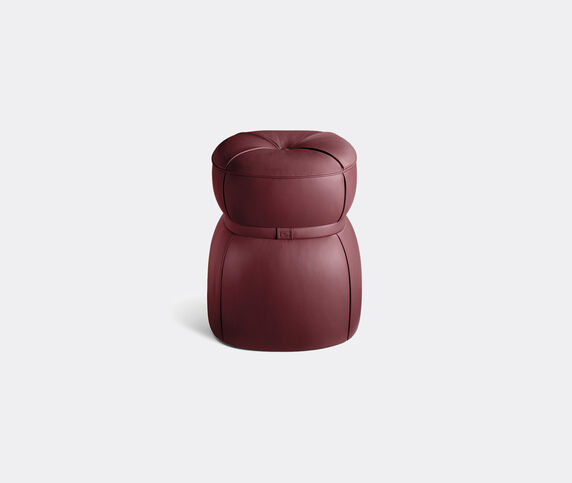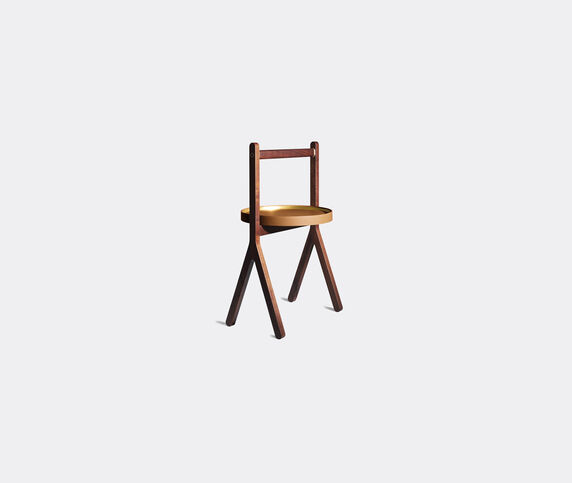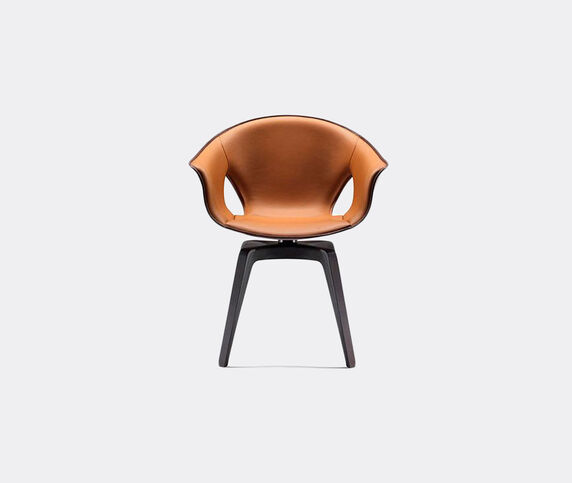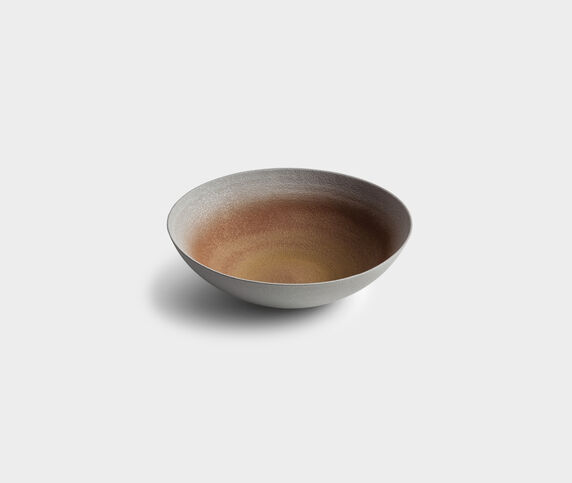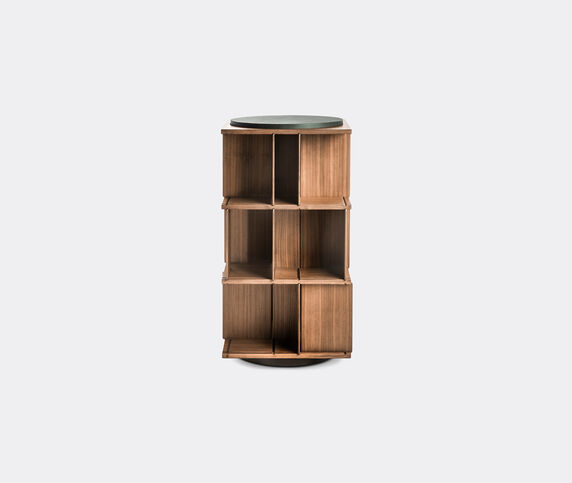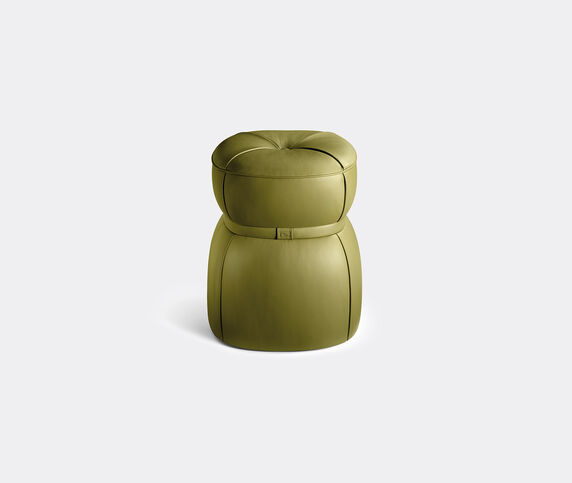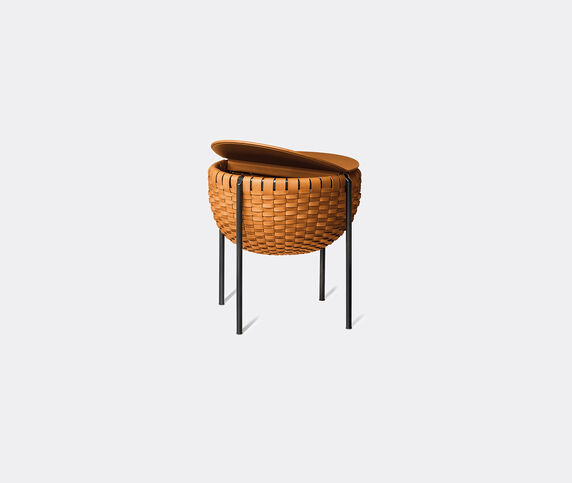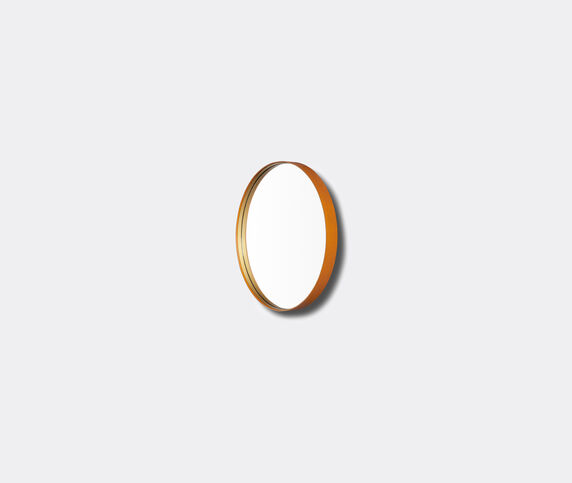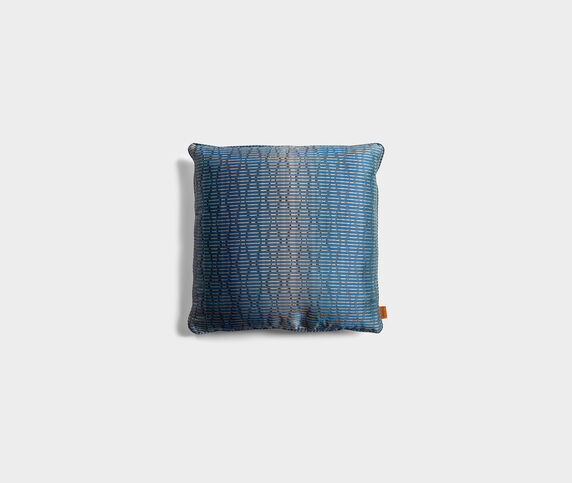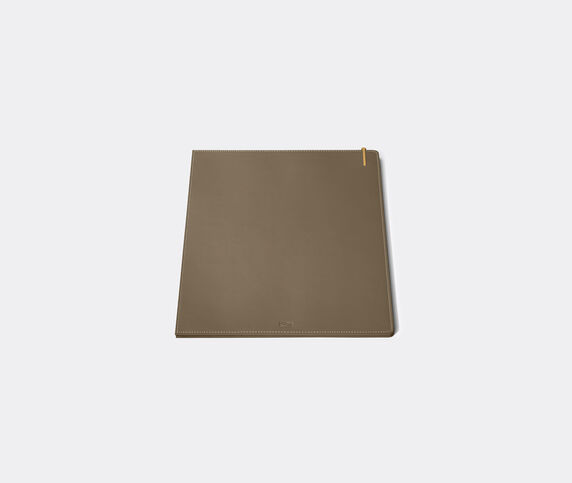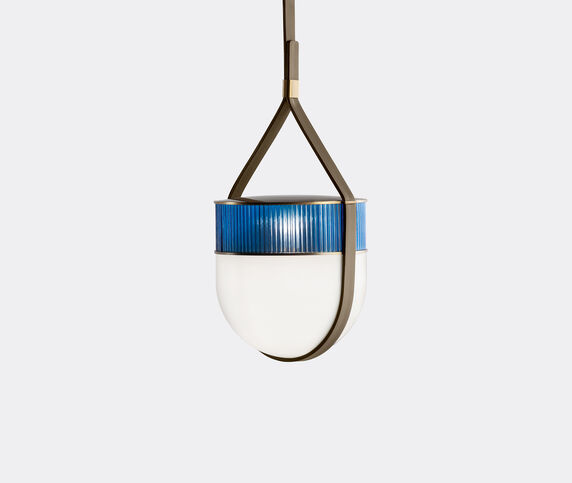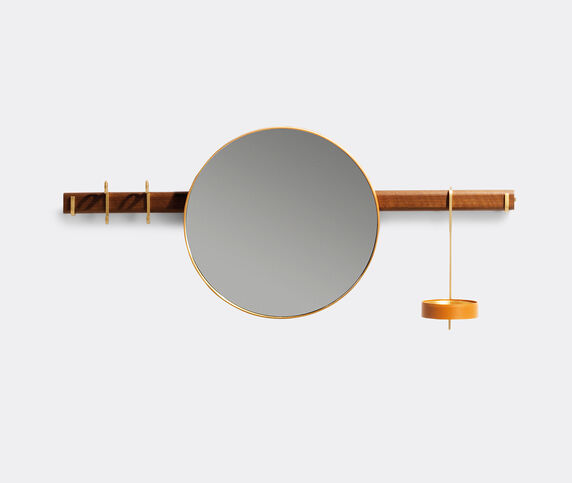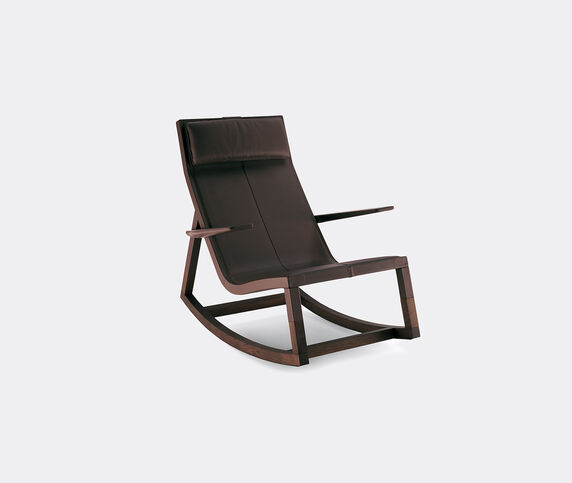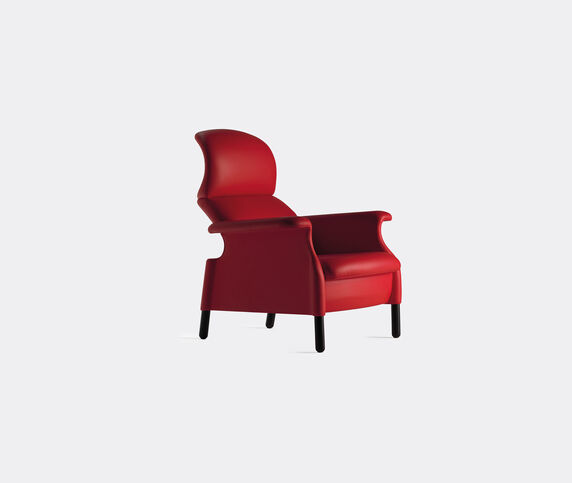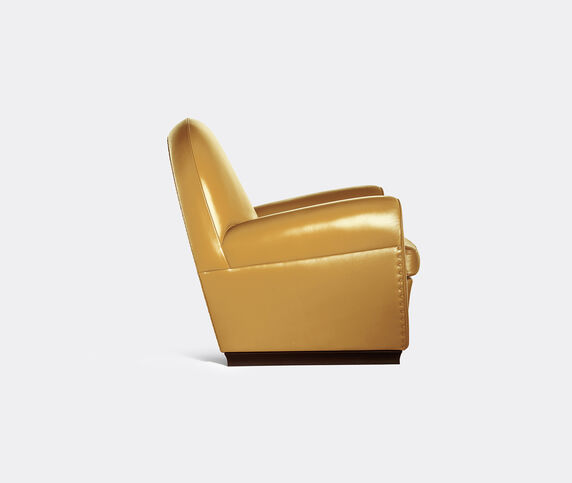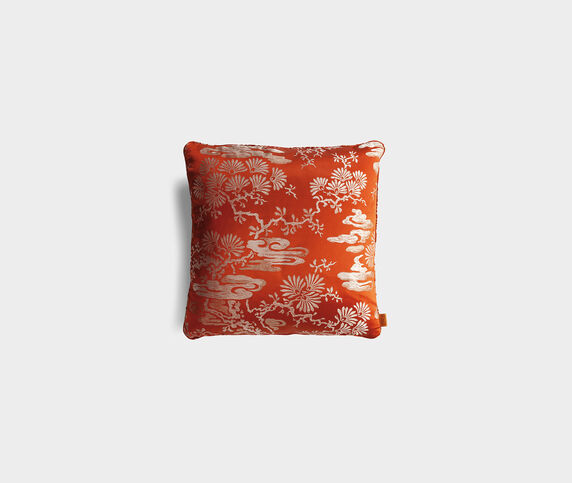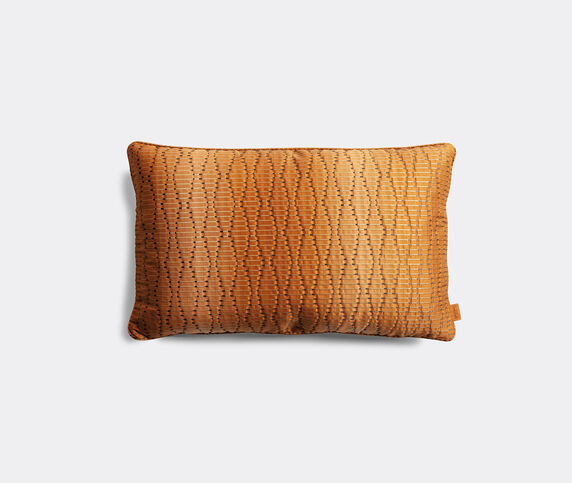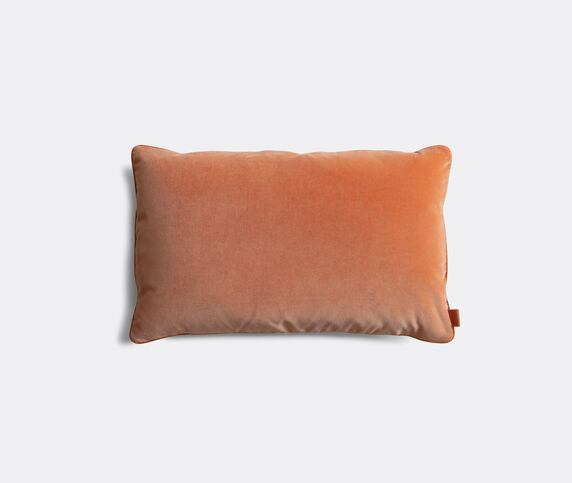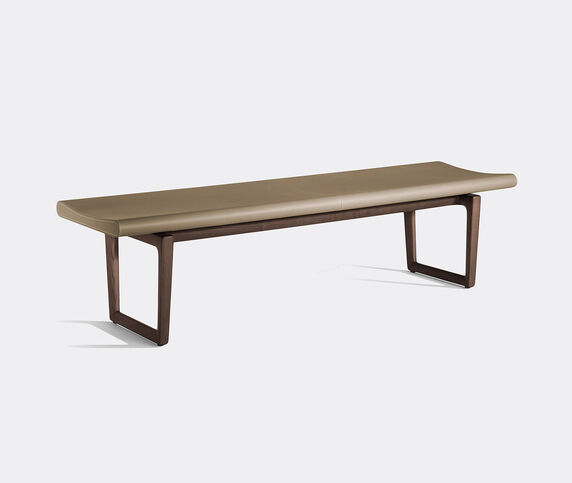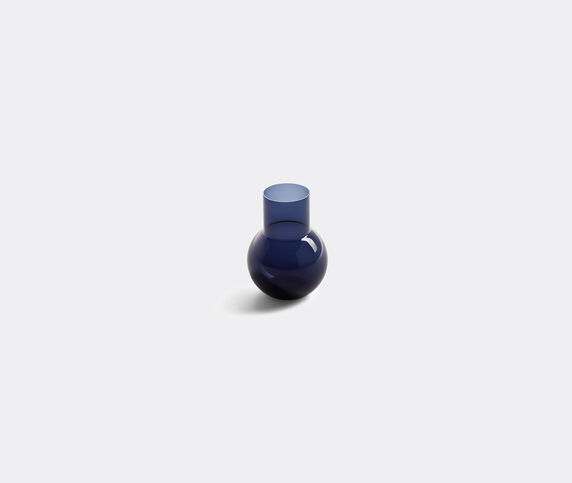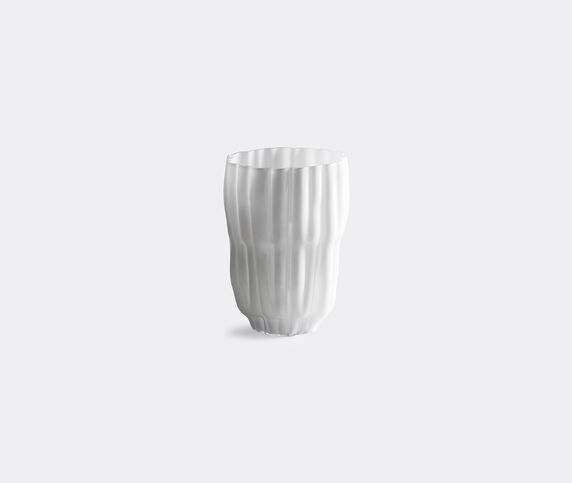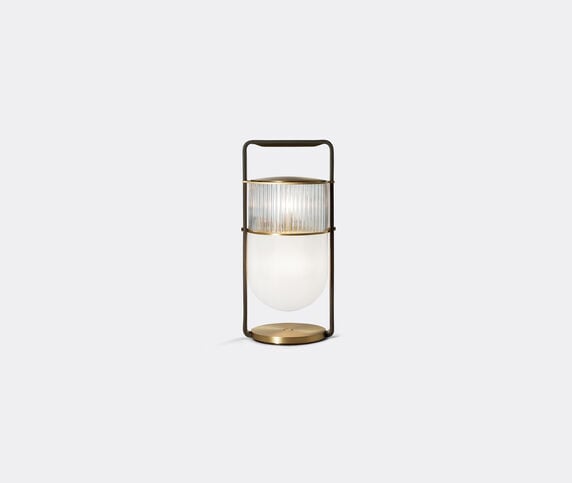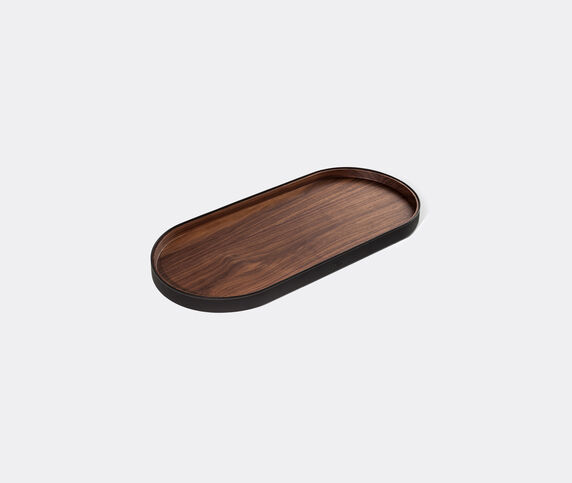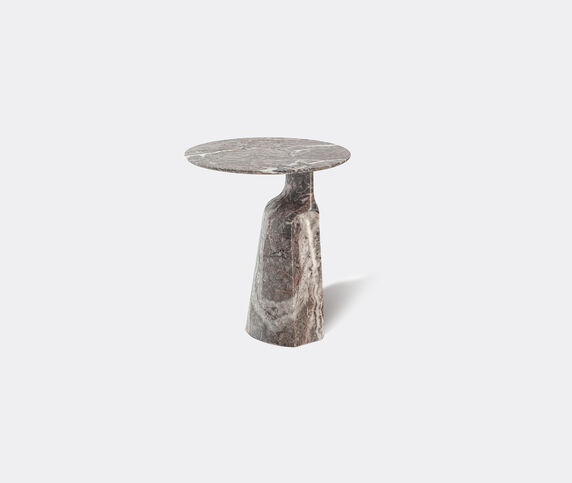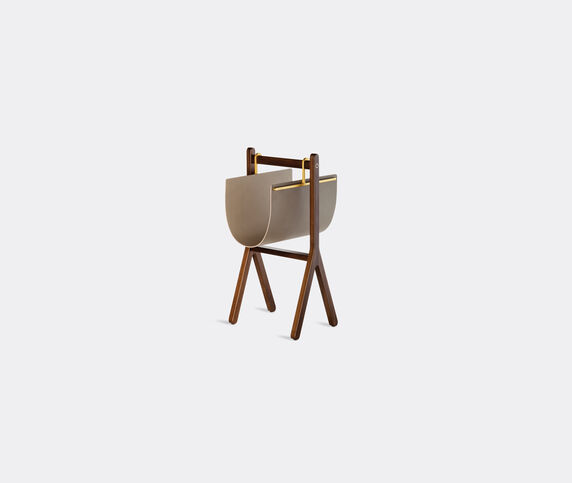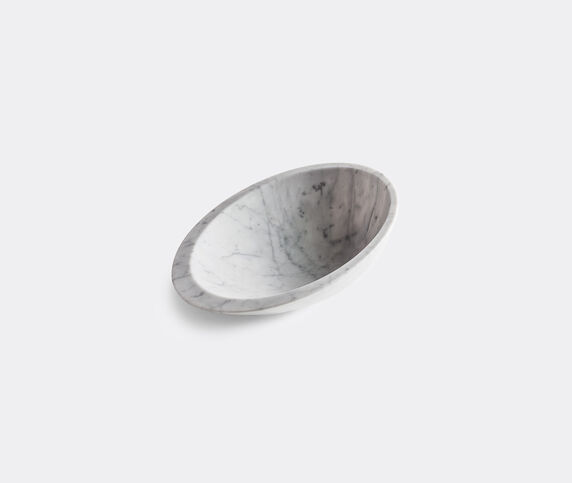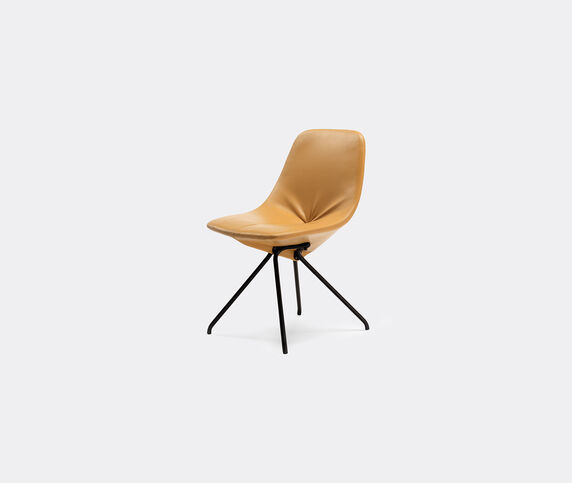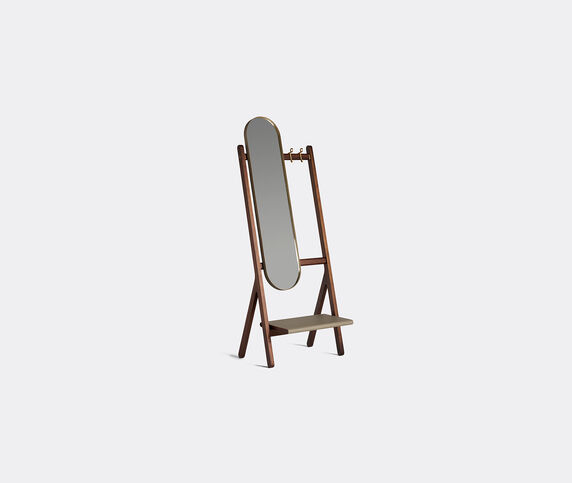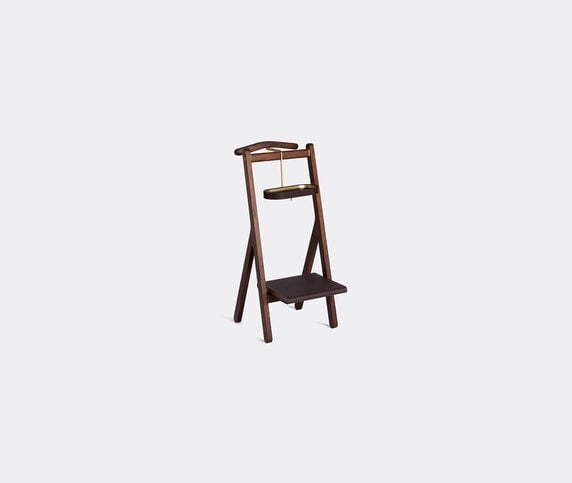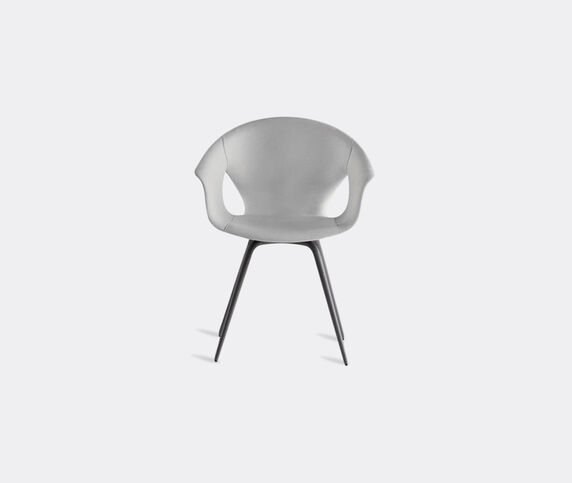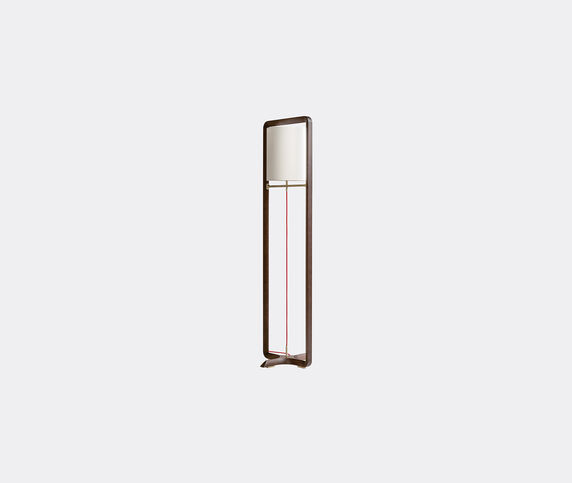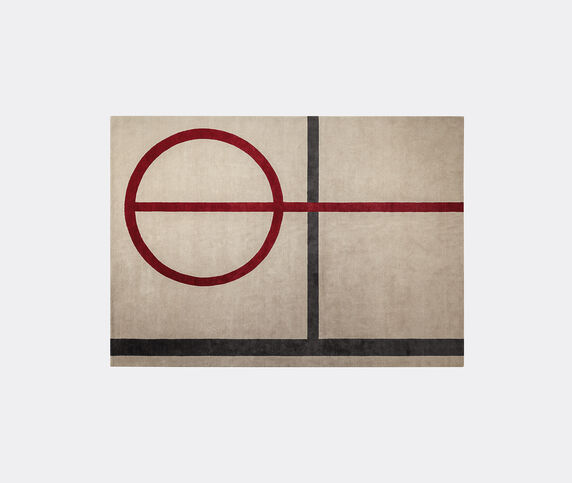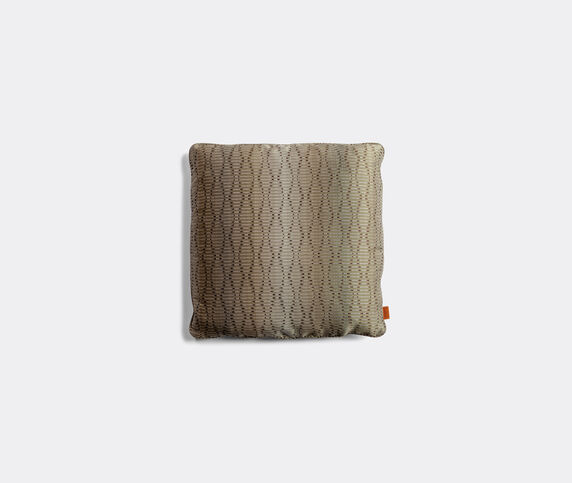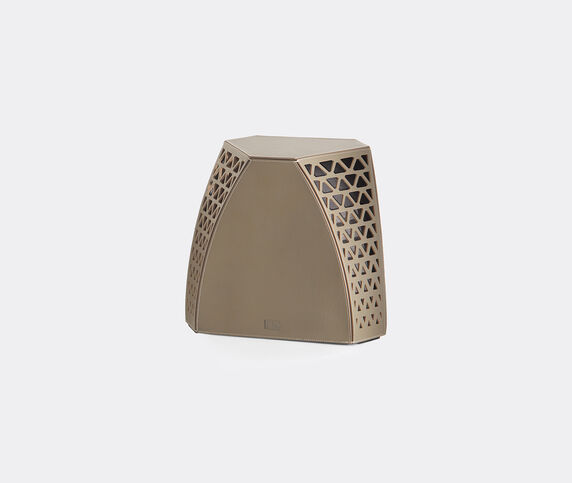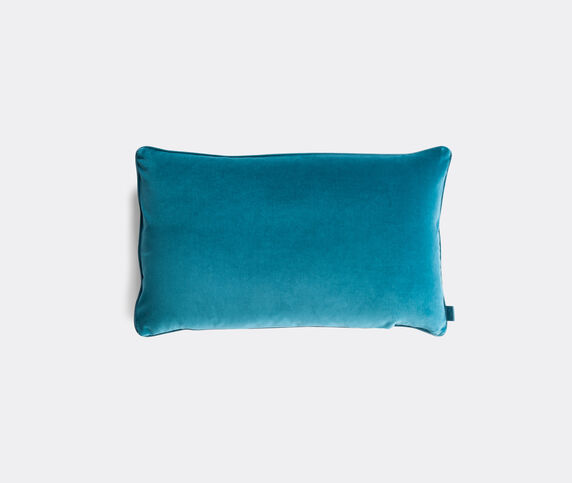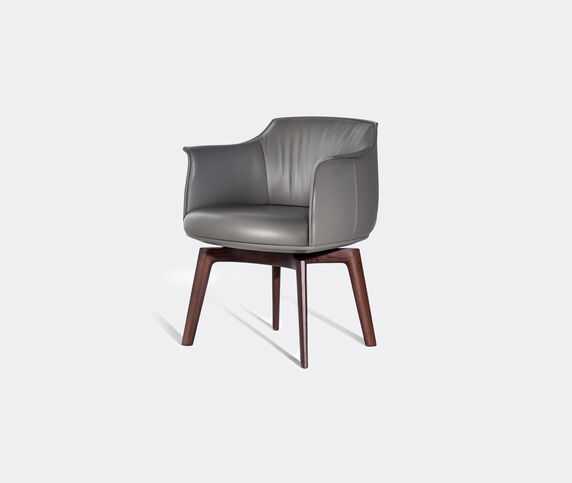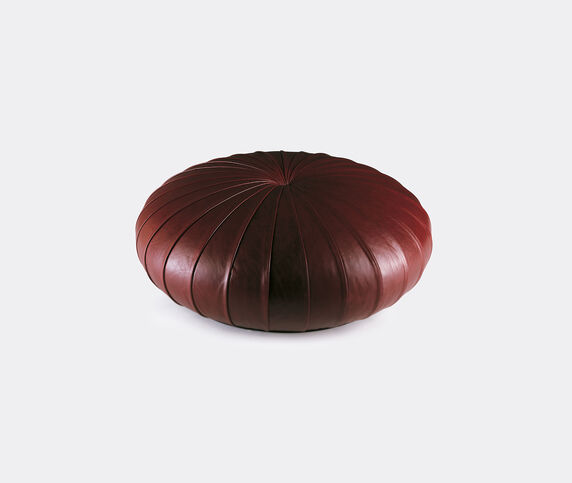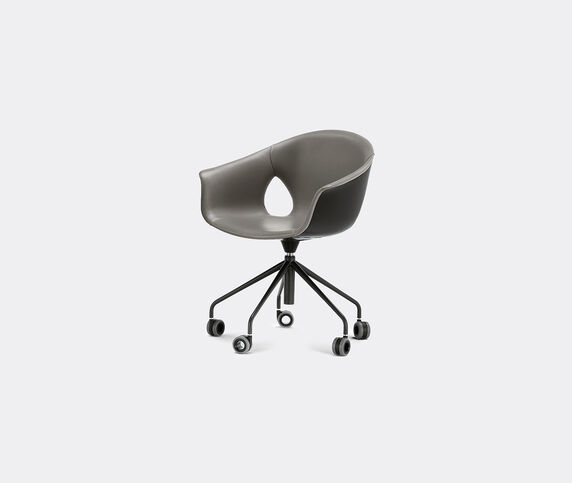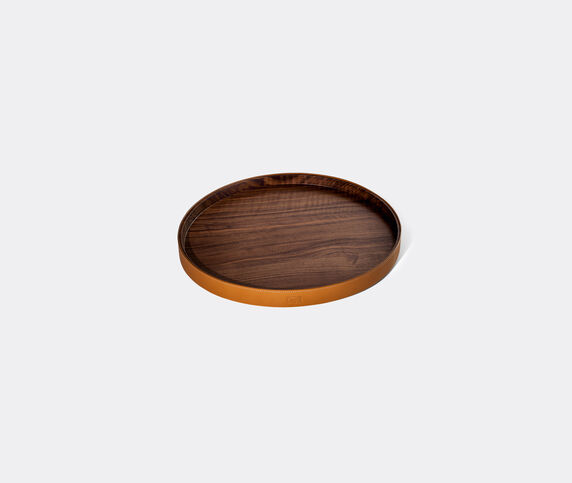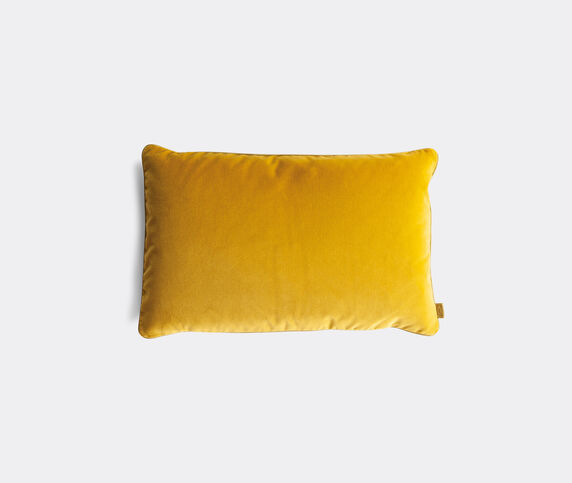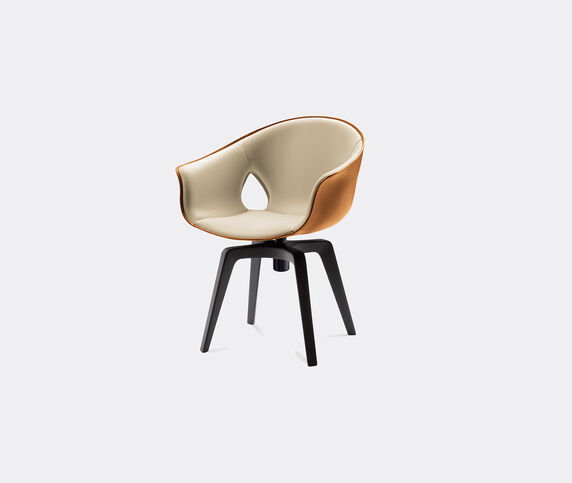Founded by Renzo Frau in Turin in 1912, Poltrona Frau quickly gained status as an aspirational brand soon after it was established. Appointed supplier of the Italian Royal Family, the Savoia dynasty, in 1926, the brand was also commissioned to oversee a host of significant projects, including the furnishing of important houses and grand hotels, the interiors for Expo Turin
1928, and the transatlantic Rex, pride of the Italian Navy. Still synonymous with the production of luxury furniture, the Italian brand maintains an undisputed position as a leading producer of quality and innovative design, bolstered by collaborations with renowned Italian and international architects and designers, and an ever-expanding portfolio of classic and historical collections.
- price:
- Change view:
- Two
- Four
Poltrona Frau: Timeless Italian Design
Founded in 1912 by Renzo Frau, Poltrona Frau was quick to become one of Italy’s most renowned and respected designers when it came to luxurious homeware and furniture. The brand has since grown into one of the biggest Italian names in the world of seating; producing an extensive range of armchairs, chairs, and office chairs, as well as their range of tables, and home decoration such as cushions, vases, and bowls.
Born in Cagliari in 1881, Lorenzo Frau, better known as ‘Renzo’, originally worked in the military, obtaining a lieutenant title. After meeting and marrying his wife, Savina Pisati, he moved to the northern Italy city of Turin which, at the time, was an ever-growing hub where Italian culture and design were taking off with each day that passed.
Having worked as a sale representative followed by a manufacturer of faux leather, Frau moved to Great Britain where, after discovering the Chesterfield model armchairs, he decided he wanted to start importing them to his home country, Italy, and did exactly that.
It was then that in 1912 his own company, Poltrona Frau, was born. The company was not simply created to produce goods and sell them, but to stimulate artists and intellectuals into coming together to share ideas and like-minded ways of design.
This joining of forces only served to help Renzo Frau, leading his models to quickly become one success after the other.
After passing away at a young age in 1926, his wife took the reins of Poltrona Frau to continue Renzo’s legacy of creating beautiful, timeless furniture and homeware.
By the 1930s, Poltrona Frau had grown into an established design company after being appointed supplier of the Italian Royal Family, the Savoia dynasty, in 1926.
The brand was also commissioned to oversee many significant projects; these included the interiors for the Expo Turin in 1928, the furnishing of grand hotels and residences and the transatlantic Rex, pride of the Italian Navy.
As the years went on, Poltrona Frau’s outstanding reputation expanded beyond the borders of Italy; their quality-oriented passion which focused on the utmost attention to detail has become a trademark, their products stand out thanks to their creative designs and the time spent curating materials and forms.
This design company thrives to create long-lasting products that never cut corners. Sofas, armchairs, tables, storage units, and so much more, are made with extensive processes, such as their 21-step leather tanning process and the high percentage of their products which are made by hand – 95%.
Poltrona Frau also pride themselves on being one of the first companies in the world to have carried out an assessment in accordance with the ISO social responsibility guidelines; a certificate proving the company’s commitment to being sustainable and ensuring health and safety of its workers.
Designer Focus
GamFratesi
GamFratesi Design Studio was established in 2006 by Danish architect Stine Gam, born in 1975 and Italian architect Enrico Fratesi, born in 1978. The studio crafts furniture and homeware, including tables, lamps, and trays, focusing on blending tradition and contemporary ways of design, experimenting with materials and techniques, and taking the diverse traditional backgrounds of the founders into play.
With a studio based in Copenhagen, the duo often moves between their two countries to research and study new projects, this cross-cultural partnership allows them to create innovative pieces for both the home and the office, which combine the timeless Italian design style and the Danish craft tradition, often expressed through simplicity, function and minimalism.
GamFratesi designed 'Cestlavie' table with storage, large, 'Cestlavie' table with storage, small and 'Soffi' suspension lamp for Poltrona Frau.
Gio Ponti
Giovanni “Gio” Ponti was an Italian architect, furniture designer and industrial designer born in Milan in 1891. With a career that spanned six decades, he is internationally renowned and respected for his work on more than one hundred buildings in Italy and around the rest of the world.
After graduating from Politecnico di Milano in 1921 where he had studied architecture, Ponti’s made his debut at the Biennial Exhibition of the Decorative Arts in Monza. Ponti went on to take part in a long-term collaboration with his friend, Emilio Lancia, with the two establishing a firm together. Following a series of collaborations and new studios being opened, Gio Ponti also concentrated on expanding into the art field - a particular passion of his - he focused on paintings and crafts and later became a designer.
By 1928, Gio Ponti had produced one of his most famous creations, the “Domus” magazine which even today, is still one of the most famous magazines for architecture, design, and art around the world. His leading article “The Italian-style home” was presented as a manifesto of Ponti’s ideas which combined design, art, and architecture, spreading the message of how to nourish the soul and abide by the classic Italian traditions.
In addition to all his magnificent contributions to the world of art and design, Giovanni Ponti also worked as a professor in the architecture department of Politecnico di Milano from 1936 to 1961.
Passing away at the age of 87 in 1979, Gio Ponti’s legacy lives on through his architecture, art, and magazine that inspired aspiring designers all around the world.
Designed ‘Dezza 24’ armchair for Poltrona Frau.
Michele De Lucchi
An Italian architect and Product Designer, Michele De Lucchi was born in Ferrara, Italy, in 1951 and is appreciated for his hugely diverse portfolio which features everything from furniture to lamps, to building restoration and art exhibitions.
After studying architecture in the city of Florence, he went on to become a prominent figure in movements such as Studio Alchimia, Memphis and Cavart during the period of experimental architecture.
Both internationally and in his native, Italy, he has lead design of lighting and furniture for some of the most prestigious companies, as well as curating many exhibitions and designing buildings for museums, including the Neues Museum in Berlin, Triennale di Milano and the Gallerie d’Italia–Piazza Scala in Milan.
Since 1987, he has won over fifty awards for his work and contributions to design and architecture, making him one of the most prominent figures in his field, not only in Italy, but around the world.
Designed the ‘Marianne’ pot, large and ‘Marianne pot, medium’ for Poltrona Frau.
Monica Förster
Monica Förster is one of the biggest names in contemporary Swedish design, and creator of some of the most internationally renowned pieces in her field.
Originally from Lappland, she now works in Stockholm, focusing on furniture, object design, and even bags, retaining pure form but playing with new materials and technology as a way of reinventing tradition.
Förster participates in yearly exhibitions around the world, including the ICFF, New York, the Salone Internazionale del Mobile, Milan, Italy and the 100% Design, London, UK.
She has won a series of awards including the Time magazine Coolest Inventions in 2004, the ELLE Decoration Sweden Designer of the Year Award in 2015 and the Residence Magazine Lauritz Icon Award in 2019. Her work has also been exhibited all over the world in museums and institutions such as Moma NY and VA Museum, London.
Monica Förster designed 'Esedra' ottoman for Poltrona Frau.
Neri&Hu
Partners Lyndon Neri and Rossana Hu founded Neri&Hu, an architectural design practice, together in 2004.
Crafting homeware and furniture including mirrors, side tables, bookcases and sofas, the studio is based in Shanghai, China and works on projects in many different countries, employing a team of staff who together, speak over 30 different languages.
Behind every piece of work by Neri&Hu, there is an extensive research process used as a design tool, taking into factor material, form, light, and detail.
Neri&Hu has been widely featured in magazines around the world, including Vogue China, FRAME and Elle Décor Italia and they have also won a series of prestigious awards for their work.
Designed ‘Ren’ armchair, ‘Ren’ bookcase, high, ‘Ren’ bookcase, low, ‘Ren’ magazine rack, ‘Ren’ oval mirror, ‘Ren’ round mirror, large, ‘Ren’ round mirror, small, ‘Ren’ side table, ‘Ren’ standing mirror, ‘Ren’ table mirror, ‘Ren’ two seater sofa, ‘Ren’ valet stand and ‘Ren’ wall mirror for Poltrona Frau.
Roberto Lazzeroni
Roberto Lazzeroni is an Italian designer who was born in Pisa and studied art and architecture in Florence.
With an interest in product design and conceptual art, he creates contemporary and original pieces of furniture and homeware including different types of chairs, tables, and lamps.
Frequently collaborating with international brands and art direction commissions, he also works on interior and contract projects.
Roberto Lazzeroni designed ‘Fidelio’ bene, ‘Fidelio’ console table , ‘Fidelio’ floor lamp, ‘Fred’ desk, ‘Ginger’ swivel armchair, ‘Ginger Ale’ chair, column base, ‘Ginger Ale’ chair, five-spoke base with castors, ‘Ginger Ale’, chair, four legs base, ‘Montera’ armchair for Poltrona Frau.
Max Huber
Max Huber was a Swiss graphic designer from Baar, Switzerland. Starting his career in Zurich in 1935 after graduating from Kunstgewerbeschule in Zurich, he met big names in the world of graphic design, art and photography in his formative years including Werner Bischof, Josef Müller-Brockmann and Carlo Vivarelli.
Working at the graphic design studio of Antonio Boggeri in Milan and subsequently, Allianz in Switzerland, Max Huber later teamed up with Albe Steiner to create the graphic design project for the VIII Triennale of 1947.
Huber is a famous figure in the world of design, for his plastic fabric design her as presented with the Compasso d’Oro. He is also remembered for his teaching career at the Rinascita school in Milan which started in 1947.
Designed the ‘Dizzy’ carpet and the ‘Billie’ carpet for Poltrona Frau.
Iconic Products
'Cestlavie' table with storage
This ‘Cestlavie’ table with storage space has a design inspired by a traditional sewing basket, with handwoven strips of grey saddle leather which gives it a unique shape and texture. Acting as either a table or a basket for storage for filling up with anything you please, simply open the disk-shaped folding cover to put your personal belongings inside or keep it down for putting anything you want on top. The saddle leather has been dyed tone-on-tone on the outside and treated with a transparent protective wax treatment on the inside, guaranteeing years and years of use and protection.
'Oceano' trunk
The ‘Oceano’ trunk is a piece of storage furniture ideal for storing personal belongings, accessories, and clothes. Inspired by the hefty trunks used on cruises and transatlantic liners in the past, it is made up of drawers, compartments, and hooks for hanging in various sizes. In addition, it also features a small fold-down writing desk and a leather pouf which all fit easily and neatly inside the trunk when closed. It is made of a range of high-quality materials including saddle leather, chromium-plated metal, and natural oak veneer, finished off with a Pelle Frau® ColorSphere® leather exterior and has wheels on the bottom to facilitate movement.
'Ren' bookcase
From the ‘Ren’ series by Neri & Hu for Poltrona Frau, this ‘Ren’ bookcase has taken inspiration from the Chinese ideogram ‘Ren’, meaning ‘person’. Crafted from walnut wood, leather, and brass, it is a multipurpose piece of furniture made up of suspensions and balances to create an eye-catching illusion. It easily fits in different space settings, not occupying much space but making a big impact with its presence. Use the shelves to store books, ornaments, or a range of personal items. The bookcase also features a round tray which hangs from the upper part and can be used to display or store belongings of your choice.
'Sanluca' armchair
The ‘Sanluca’ armchair by Poltrona Frau is a striking piece of furniture with a unique shape, inspired by the idea of stripping back an armchair to its basics and removing most of the padding, which was thought of by Achille and Piergiacomo Castiglioni. Featuring semi-glossy, black-lacquered ash wood feet and Pelle Frau® ColorSphere® leather, the high-quality materials from which it is made also include solid beech, birch plywood and poplar. A bold silhouette and rich colour make this Sanluca armchair a of a quintessential piece for placing around in a living room, home study or in an office.
'Vanity Fair XC' armchair
The ‘Vanity Fair XC’ armchair is officially named as ‘Model 904’ but has been known as the ‘Vanity Fair’ since 1984. There is no mistaking it as a Poltrona Frau model, thanks to the logoed plaque on the back which acts as a signature of the timeless elegance of the brand. This model was first produced in 1930, after Renzo Frau left designs to his wife, Savina. After becoming an iconic and renowned piece thanks to its stunning design and strong presence, it was redesigned for the 90th anniversary. The armchair has undergone a revamp and offers even more comfort, now featuring a seat cushion designed to retain its shape over time which is made of goose down a polyurethane foam insert and springs on the seat, back and armrests, ensuring both comfort and everlasting style.
'Xi' table lamp
The ‘Xi’ table lamp was designed for Poltrona Frau by Neri & Hu, taking its name from the translation ‘morning light’ in Chinese. This lamp is made up of two parts: an outer layer that is ribbed and transparent and an inner part which defuses the light, both of which are handblown by master glassmakers of Venice. With a metal base with a natural brass finish this lamp can easily be placed on tables, shelves and ledges, and the handle on the top means this chic model can be transported from room to room to create different settings of brightness, thanks to the on/off dimmer touch system.
'Isidoro' drinks cabinet
Designed by Jean Marie Massaud for Poltrona Frau, the ‘Isodoro’ drinks cabinet is a modern-day version of a classic drinks’ cabinet. Featuring glass and bottle holder compartments with metal railings, it also has a foldable shelf which can be used as a practical worktop or small table for resting glasses on. Made of plywood panelling, saddle leather and Canaletto walnut veneer, this practical model has been crafted with the utmost attention to detail and slots in well as both a useful and eye-catching piece of furniture around the home.
'Fred' desk
The light brown ‘Fred’ desk is a clean-cut piece by Roberto Lazzeroni for Poltrona Frau; a desk fit for a study or office that features various curved and straight geometries combined with the visually pleasing saddle-leather surface, which is cut from one single piece of thick 4mm material without any stitching. A lightweight model, its structure is made from solid ash with a wenge or moka stain and triangular cross-section. It also features a soft-closing drawer and metal accessories with a gunmetal grey galvanic treatment and protective varnish which render this piece truly unique.
How to shop
Shop via Category:
